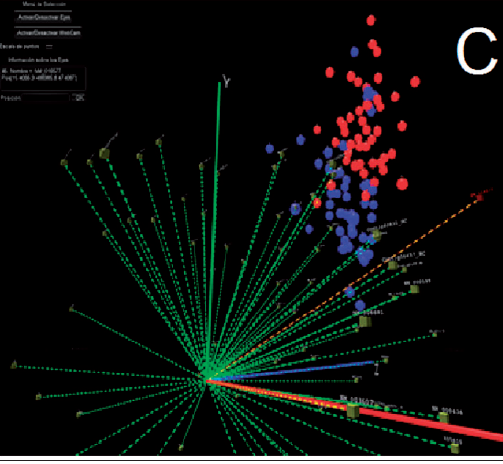A New Bioinformatics System Improves Medical Diagnosis
Researchers have developed an algorithm that improves the diagnosis and prognosis of many diseases, efficiently combining traditional clinical data with genetic data gathered using DNA microarray technology. The system uses DNA microarray technology to combine clinical and genetic diagnosis.
Researchers at the Universidad Politécnica de Madrid’s Facultad de Informática have developed an algorithm that improves the diagnosis and prognosis of many diseases, efficiently combining traditional clinical data with genetic data gathered using DNA microarray technology. The algorithm, called CliDaPa (Clinical Data Partitioning), uses histological and clinical data and pharmacological treatments to partition patients by means of a tree representation for a particular disease (called clinical tree), used to cluster patients according to similar behaviour. It then uses data mining techniques to analyse each patient partition with the associated genetic information.
 The method has been successfully validated on breast and lung cancer and on medulloblastomas (a type of brain tumour). Compared with different studies reported in the scientific literature and traditional analysis techniques, the results show that CliDaPa offers a significant improvement on earlier results.
The method has been successfully validated on breast and lung cancer and on medulloblastomas (a type of brain tumour). Compared with different studies reported in the scientific literature and traditional analysis techniques, the results show that CliDaPa offers a significant improvement on earlier results.
New approach
CliDaPa is a different method of DNA microarray analysis that aims to generate a model representing different patient behaviours (gathered from clinical data). These behaviours will then be examined separately and specifically by means of data mining. New learning methods were also proposed in the course of the research.

